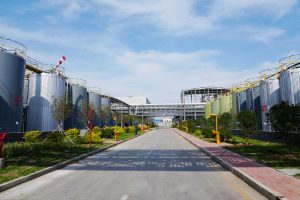PAA stands for Polyacrylic Acid. It is a type of polymer that belongs to the class of polycarboxylic acids. PAA is widely used in various industries and applications due to its unique properties.
The main function of PAA is as a water-soluble polymer with excellent dispersing and chelating capabilities. Here are some of its main functions:
- Dispersant: PAA is commonly used as a dispersant in industries such as paints, coatings, and detergents. It helps to disperse solid particles or suspensions in liquids, preventing their reaggregation and improving stability.
- Scale and corrosion inhibitor: PAA is effective in preventing the formation of mineral scale deposits, such as calcium carbonate and calcium phosphate, in water-based systems. It acts by sequestering metal ions and inhibiting their precipitation, thus reducing scaling and corrosion in various industrial processes and water treatment systems.
- Chelating agent: PAA has strong chelating properties, meaning it can bind to metal ions and form stable complexes. This makes it useful in applications where metal ion control is required, such as in detergents, textile processing, and metal cleaning.
- pH modifier: PAA can act as a pH modifier or buffer in certain applications. It can help stabilize the pH of solutions, improving process efficiency and performance.
- Thickening agent: PAA can also be used as a thickening agent in personal care products, such as shampoos, lotions, and creams. It imparts viscosity and enhances the product’s texture.
It’s important to note that the specific function and effectiveness of PAA may vary depending on factors such as its molecular weight, concentration, and the particular application.

